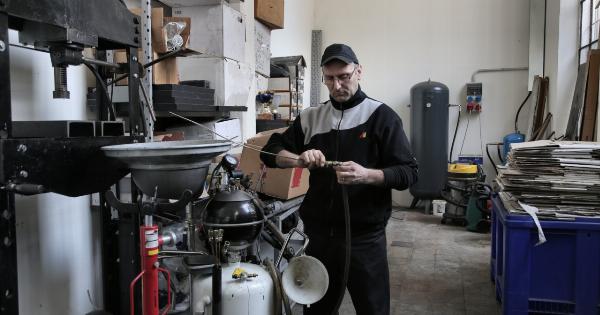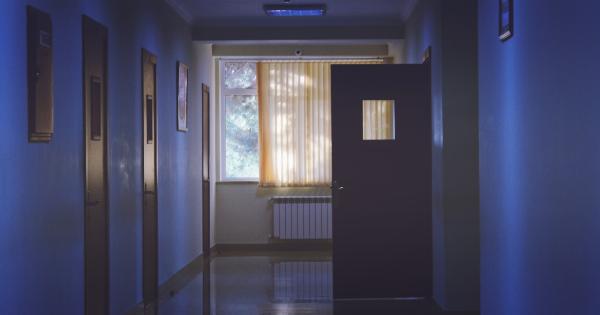For generations, hospitals have been designed with purely functional features. Doctors and nurses have always focused on the clinical side of healthcare, and for good reason.
Medical procedures, technologies, and medications are crucial to patient recovery.
That being said, many medical professionals are now realizing that there’s more to healing than just medicine. One factor that can play a major role in a patient’s health is natural light, and hospital room windows are a key factor in this.
Studies have shown that exposure to sunlight and fresh air can have significant effects on a patient’s recovery and overall well-being.
A Connection to Nature
It’s no secret that being in nature can improve anyone’s mood. Being around trees, feeling the sun on your skin, and listening to birds singing can all have an incredible positive effect on our mental state.
This is because our bodies are wired to respond to nature in a positive way. The same can be said for hospital patients, who often feel isolated and even trapped in the sterile environment of a hospital room.
Having a view of the outside world can provide a vital connection to nature for patients. Even if they can’t physically go outside, simply being able to see the sky and watch the world go by can be incredibly therapeutic.
Patients who are recovering from surgery, for example, may be cooped up in a hospital room for days or weeks on end. Being able to look out the window and see the passing of time can help them feel less isolated and more connected to the world.
Natural Light and Sleep
Sleep is a crucial factor in any patient’s recovery. Unfortunately, hospitals can be stressful and noisy environments, and many patients struggle to get the rest they need. This is where hospital room windows can make a big difference.
Exposure to natural light during the day can help regulate our body’s internal clock, or circadian rhythm. This can make it easier for patients to fall asleep at night and wake up feeling more refreshed in the morning.
In addition, exposure to natural light can help reduce feelings of pain and stress, which can also contribute to a better night’s sleep.
Fresh Air and Healing
In addition to natural light, hospital room windows can also provide access to fresh air. This may seem like a small detail, but it can make a big difference in a patient’s recovery.
Studies have shown that exposure to fresh air can have a positive effect on our immune system. Breathing in fresh air can help deliver oxygen to our organs and tissues, leading to faster healing and recovery.
In addition, fresh air can help reduce the risk of infections, which is especially important in a hospital setting.
The Mental Benefits of Natural Light
We’ve already touched on the mental benefits of having a view of the outside world. But exposure to natural light can also have other positive effects on a patient’s mental health.
For example, natural light can help reduce feelings of anxiety and depression. This is because sunlight helps our bodies produce vitamin D, which is essential for optimal brain function.
In addition, natural light can also improve our mood and energy levels, which can lead to a more positive outlook on life.
Designing Hospitals with Natural Light in Mind
Given the many benefits of natural light, it’s clear that hospitals should incorporate as many windows as possible into their designs.
But many hospitals face challenges when it comes to natural light, such as limited space and building codes that restrict the number and placement of windows.
However, there are some simple solutions that can help hospitals bring more natural light into their buildings. For example, skylights and interior courtyards can bring in light and fresh air without taking up valuable floor space.
In addition, hospitals can use reflective surfaces and light-colored materials to maximize the amount of natural light that enters a room.
The Importance of Patient Choice
Finally, it’s important to remember that every patient is unique. Some patients may prefer a dark and quiet room for sleeping, while others may want a room with lots of natural light and a view of the outside world.
This is where patient choice comes into play.
By giving patients the ability to control their environment, hospitals can help them feel more comfortable and in control of their own recovery.
This can include offering patients the choice of where they want to stay in the hospital, as well as access to amenities such as comfortable chairs, reading materials, and even plants that can help them feel more at ease.
Conclusion
Natural light and fresh air may seem like small details in the grand scheme of things, but they can have a profound effect on a patient’s recovery.
Hospital room windows provide a vital connection to nature and the outside world, as well as opportunities for patients to regulate their sleep patterns, boost their immune system, and improve their mental health. By designing hospitals with natural light in mind and giving patients more control over their environment, we can help ensure that our healthcare facilities are places of healing and comfort rather than sterile boxes.






























